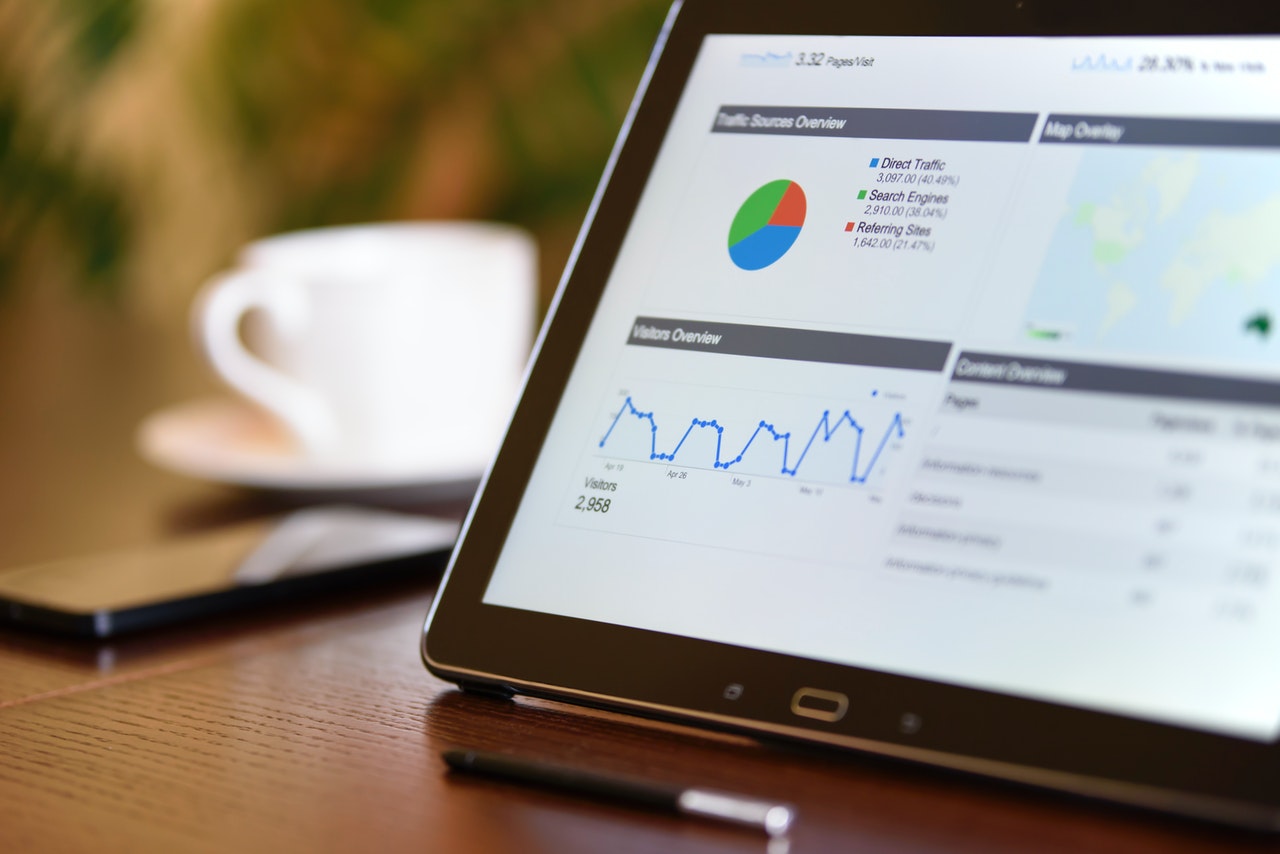3 Tips to Get More Value From Your Google Ads
Emma Kessinger
May 12th , 2020

Google Ads, not to be confused with Google Analytics, is one of the most helpful ETL integrations. Google Ads helps business owners track and optimize digital ads. It’s used to manage ads in search, on Google Maps, and on other sites in the Google Ads network.
Google Ads helps you get a bird’s eye view of your:
- Accounts
- Campaigns
- Ad groups
- Ads
Google Ads has a lot of built-in analytics features, but not every question you might have about your ads can be answered with its onboard tools. Digital ads aren’t free, and small differences in the copy or graphics can produce huge changes in audience engagement.
If you’re looking to up your advertising game or grow your business consider integrating Google Ads with ETLrobot, here are a few steps to set you on the right track.
1. Design a flawless ad.
The average person spends 3 hours and 15 minutes per day on their phone. In that time, they might see dozens of ads served through the Google Ads network.
Which ones do they click on? The ones that catch their attention. Those ads have been optimized with processes like A/B testing. Marketers test everything from messaging to placements to graphics to calls to action.
As you design new ads, watch your spend and conversions closely. Start with words, which are easy to tweak. Top-performing Google Ads feature one or more of these five words:
- Your
- Free
- Now
- Get
- Online
2. Check campaigns’ effects down the line.
Google Ads can tell you a lot about your accounts, campaigns, and ads. Maximizing the value of that data means comparing it to other metrics, such as time spent nurturing those leads.
You might find, for example, that consumers who see a certain ad campaign are much more eager to sign than those who view another. Or perhaps you notice one campaign connects with a demographic group more than others.
Don’t stop once those people become customers: Is one campaign associated with a higher net promoter score? It’s a good bet that the campaign in question does a better job of setting expectations than others you’ve been running. Google Ads data can also be combined with data from support and billing to understand which ads lead to higher customer lifetime value.
3. Find the right mix of breadth and depth.
Some ad campaigns home tightly in on a certain group, while others go broad. Both have their merits, but one may make more sense for your business than the other. Experiment with:
- Location targeting: Do your ads fare better when served nationally, internationally, or to only certain communities? Try targeting a specific geographic location. For example, if your company sells a software subscription service, limit it to major metropolitan areas. Maybe you sell outdoor gear for camping or hiking: Try targeting areas known for those activities, such as Colorado and Montana.
- Different keywords: In Google Ads, advertisers bid on different keywords. Play around with those, and pull the data into a spreadsheet to determine which is the best balance of costs and performance. Say you sell sales software. You might assume your top keywords are “sales tools” and “sales software,” but what about less direct terms? Maybe goal-oriented ones, like “close deals” or “accelerate sales” are better fits. The more unique your keywords, the more likely you are to save money.
- Budget caps: Google recommends a budget based on “businesses like yours” — but every company is unique. You won’t truly know the right budget for your company’s ads until you’ve tested it. The key is to find the point of diminishing returns. Maybe the first $500 you spend on ads is twice as effective as the next $500. Would your ad dollars be better spent elsewhere? Google Ads won’t tell you that; to truly find out, you’ll need an ETL tool to get the data into your own warehouse.
No doubt, Google Ads is a fantastic tool for connecting with consumers online. It can help you manage your advertising efforts and optimize your spend.
But Google Ads can’t do it all: If you want to know how your ads compare to those served through other means or how much is too much to spend, for example, you’ll need an ETL tool. Don’t let key Google Ads insights go uncovered.






















